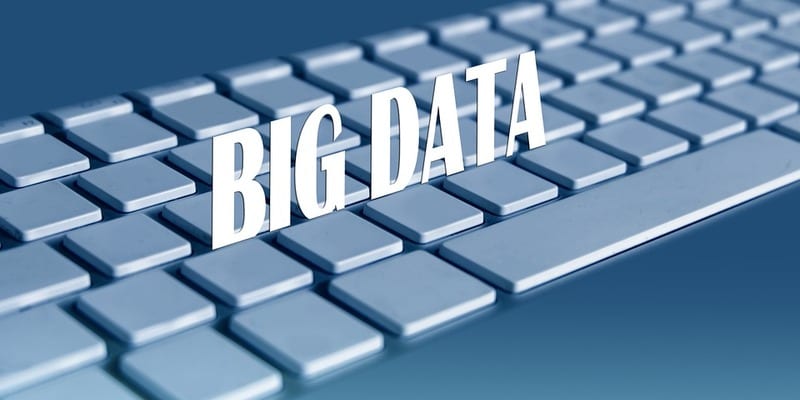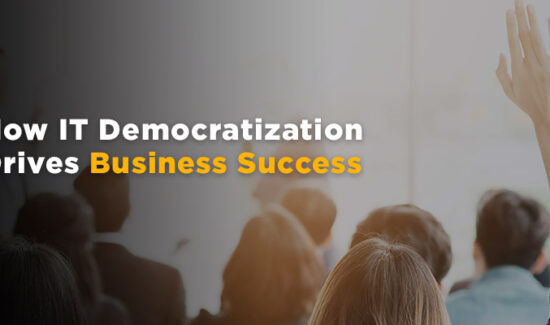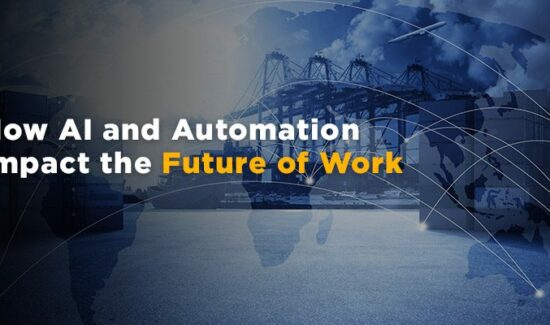What Does Data Have to Do With Human Resources?


This past year was a whirlwind for the HR industry. In 2018, job openings hit an all-time high, unemployment rates sank to the lowest we’ve seen in 50 years and the “quit rate” surged to an unprecedented level. But according to Rachel Russell, Allegis Group Executive Director of Corporate Strategy, the upcoming year is setting up to be just as transformational.
We had the chance to discuss this with Russell in more detail, specifically how data is no longer its own silo. Russell argues that it’s become a core competency across all areas of the business, including HR. Because of this, there is a general urgency for talent to increase their data savviness and ability to leverage, analyze and apply data.
Data in HR?
According to Russell, talent data can be any information that characterizes the workforce. It could take many different forms and comprise of many different attributes including those that are demographics-, performance- or behavioral-based. The analytics part is about bringing these attributes together in a meaningful way, so businesses can make better decisions, drive effective strategies and predict successful outcomes.
On the other hand, advanced workforce analytics (otherwise known as human capital analytics), can be used to help manage talent. From predicting future top performers to grooming successors for key positions and identifying internal threats before they strike, today’s workforce analytics are powerful tools for employers. Workforce analytics is a combination of software and methodology that applies statistical models to worker-related data, allowing enterprise leaders to optimize human resource management (HRM).
Our Interview with Rachel Russell
SR: Why there is a general urgency for talent to increase their data savviness and ability to leverage, analyze and apply data?
RR: Data is the fuel that enables organizations and individuals to grow and compete in modern times. Every function in an organization has opportunities to improve. But our ability to improve is limited by our understanding of where those opportunities are. Data provide a means of pinpointing those opportunities. Think of data that tracks how an operation is performing, identifies where different leads are coming from or measures how fast initiatives can be executed. In any of these performance measures, data reveals where improvements can be made.
The employee who is savvy about how to capture and leverage data stands out among their peers and provides heightened value to a business, helping it to capitalize on growth and gain a competitive advantage. For a growing portion of roles across all business functions, not just IT or finance, data savviness is fast becoming an expected part of the job.
SR: What about HR professionals and business leaders?
RR: Data savviness as it applies to HR is about knowing which recruitment marketing channels are producing the right hires across different departments. Data helps HR professionals understand what’s driving high performance and engagement in the workforce. Data can also inform the right salary level or the right mix of compensation to pay for various roles in different markets. Further, it can identify what makes someone want to leave, so HR can address retention issues or uncover the most successful career path within the company. For any question HR is responsible for answering, data can assist. Data helps HR work smarter and makes the entire organization better as an employer.
SR: What are the benefits of a data-driven Talent Management Software platform?
RR: In the past, the ability to understand individuals was limited by our emotional intelligence or EQ. The trouble is that relying on EQ introduces biases and subjectivity that can be unfair and exclusive. Today, technology provides a path to help us move beyond that. And while we should never look to data to fully replace human opinion and understanding, using a data-driven approach to talent opens up ways to be more objective and predictive. With technology, we can leverage data about talent as opposed to ideas that are not rooted in truth. This objectivity provides a clearer picture of who talent is, what the talent needs are and how the employer can apply talent to address its most pressing business challenges.
SR: How can HR professionals and business leaders find, retain and manage talent with data-driven TMS?
RR: Employers need to take full advantage of the data available to them. They need to track all channels through which talent is sourced and identify which channels are producing the most hires by job skills. They can use different data-driven talent technologies to reduce bias or provide more robust screening. They can also use the technologies that exist today to examine the skills and competencies that will move someone to the next step in their career. Then they can build career tracks or learning plans accordingly. It’s about setting up the tech stack to reveal what mechanisms are successful and, similarly, what makes people successful. Once equipped with that visibility and knowledge into what works, HR professionals can work with other departments to scale solutions and make them operational. The winning organization is one that turns data into real improvements that get baked into the way things get done.
























